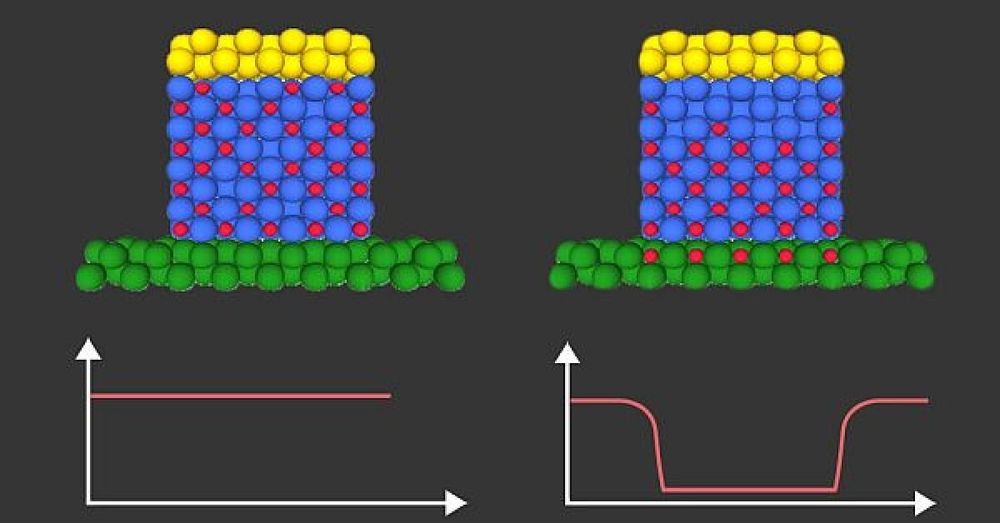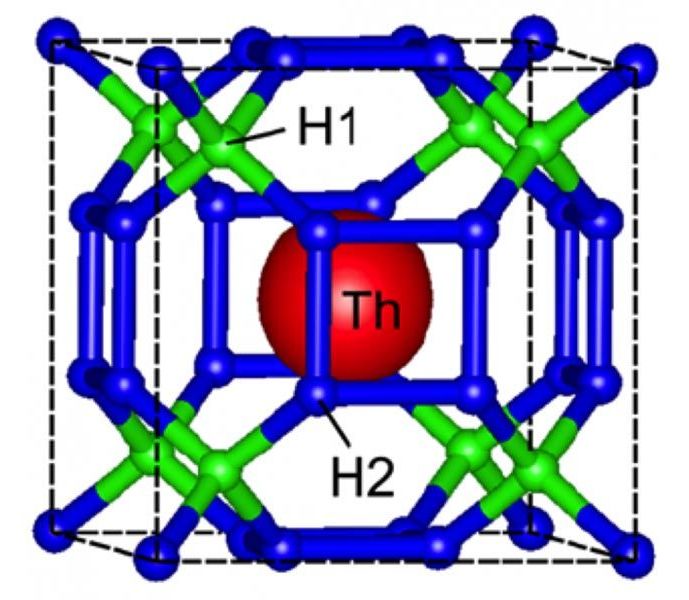We could essentially control water at the coast lines with magnetism keeping it from eroding things.
Fuel-efficient ships that produce no wakes could soon be a reality thanks to computer simulations of “water cloaks” done by two researchers in the US. Yaroslav Urzhumov and Dean Culver of Duke University have shown that ions present in ocean water can be accelerated by electromagnetic waves in such a way that any turbulence created by sea-going vessels is cancelled out. Their work offers new opportunities for creating ships with greater propulsion efficiency – and could also be used to make vessels that are harder to detect.
“This cloaking idea opens a new dimension to create forces around an underwater vessel or object, which is absolutely required to achieve full wake cancellation,” says Urzhumov.
Guiding waves
Initial ideas for a water cloak were based on developing a specially designed metamaterial to coat the hulls of ships. Metamaterials are more common in optics and acoustics and comprise structures that can bend light or sound waves in ways not possible with conventional materials. In 2011, Urzhumov and colleagues hoped to develop a porous material interspersed with a complex network of miniscule pumps, to act as a metamaterial for guiding water waves. It was hoped that the system could cancel-out any turbulence caused by a moving vessel.








